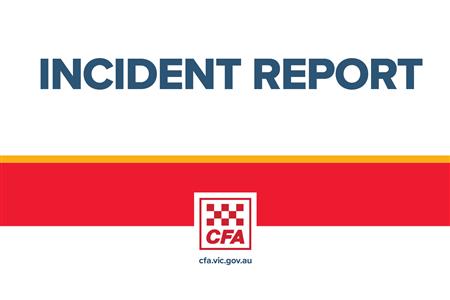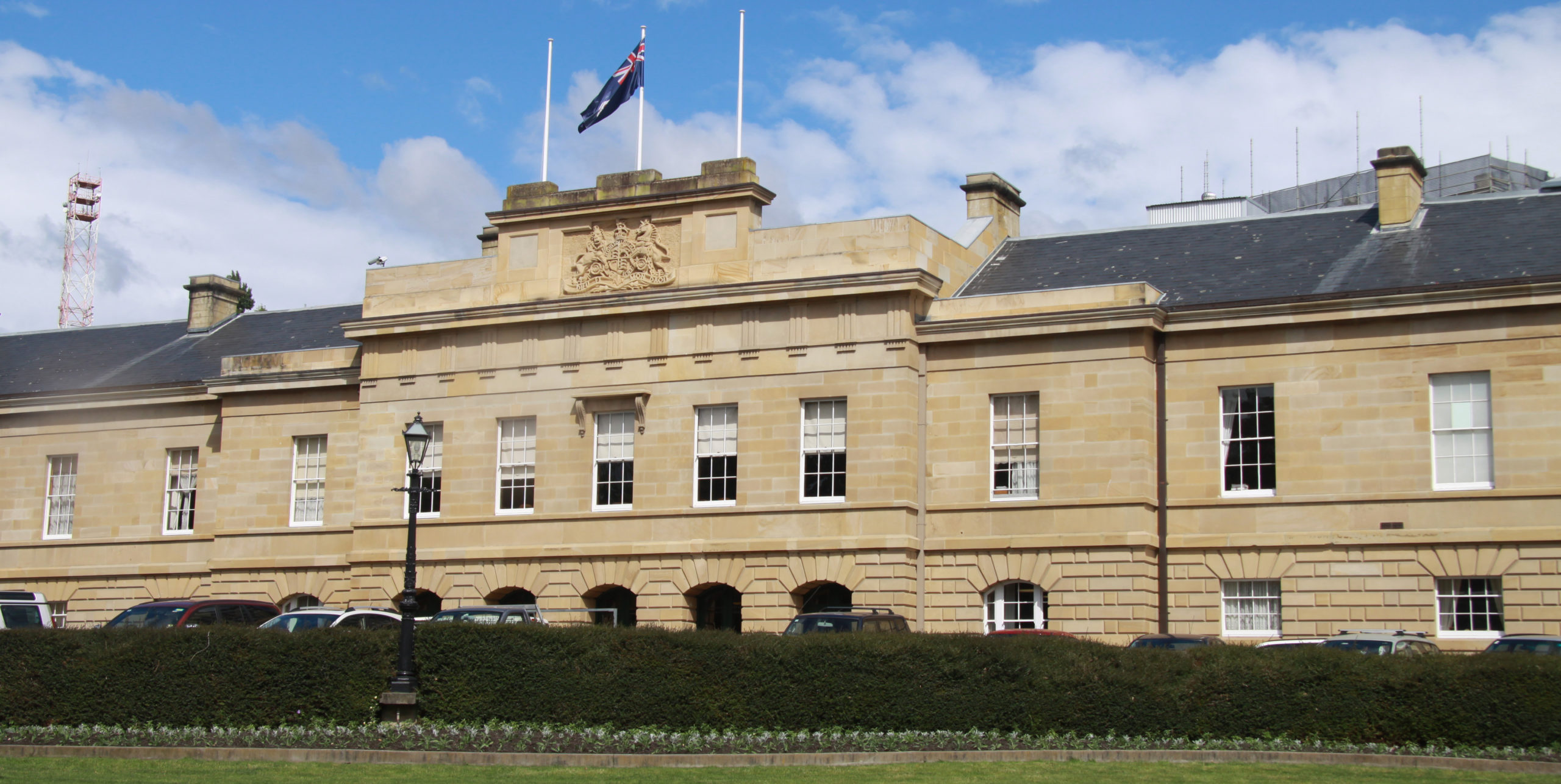The waters off Byron Bay have been added to an international list of unique areas critical to the health of our oceans that need more protection known as Hope Spots.
The Hope Spot initiative was founded by renowned American oceanographer Dr Sylvia Earle’s Mission Blue and the International Union of the Conservation of Nature (IUCN). Dr Earle was the first female chief scientist of the world-leading US National Oceanic and Atmospheric Administration (NOAA). There are now 152 Hope Spots around the world.
Mission Blue has recognised Byron Bay as Australia’s 11th Hope Spot. The Byron Bay Hope Spot encompasses the Cape Byron Marine Park and Julian Rocks Nguthungulli Nature Reserve but also extends further south down to the Richmond River, a significant area for the Indo-Pacific bottlenose dolphin which is a key drawcard for tourists to the area.
Julian Rocks has become an international drawcard for tourists travelling to see its rich biodiversity including the critically endangered grey nurse shark, aggregations of leopard sharks and manta rays and large numbers of sea turtles.
Local tour operator and spear fisherman Scott Wilson said: “I fish and I am a huge supporter of marine parks with sanctuary zones. Marine sanctuaries are where all marine life is protected from harm and fish populations can grow. This means more fish in the ocean. It’s a win win.”
David Booth, Professor of Marine Ecology at the University of Technology Sydney, said: “It’s well known scientifically that if you set aside areas where marine life have refuge it means fish populations can rebuild. This new vision for Cape Byron Marine Park is very welcome and is supported by science.”
Australian Marine Conservation Society Marine Parks Campaigner Danielle Ryan said: “Threats from climate change, overfishing and pollution are on the rise and we are seeing the impacts right along the NSW coast. Marine sanctuaries are one of the best tools we have to build resilience into these environments.
“In 2005, AMCS worked with local groups to secure the Cape Byron Marine Park, including 27% of the park as marine sanctuary zone. Eighteen years later, the marine park is well overdue for renewal as our understanding of the high biodiversity values and the growing threats to the region have changed significantly.
“It’s time to improve protections at Cape Byron through expanding the marine park and its sanctuary zones, based on science and in consultation with the community.”
AMCS is a key supporter of the Hope Spot initiative and backed the nomination for one of the first 14 Hope Spots in the world, Moreton Bay Marine Park. Since then, AMCS has supported other NSW Hope Spot nominations, including Sydney and Fish Rock near South West Rocks. AMCS wishes this Hope Spot announcement encourages more nominations for NSW’s unique marine environment.






